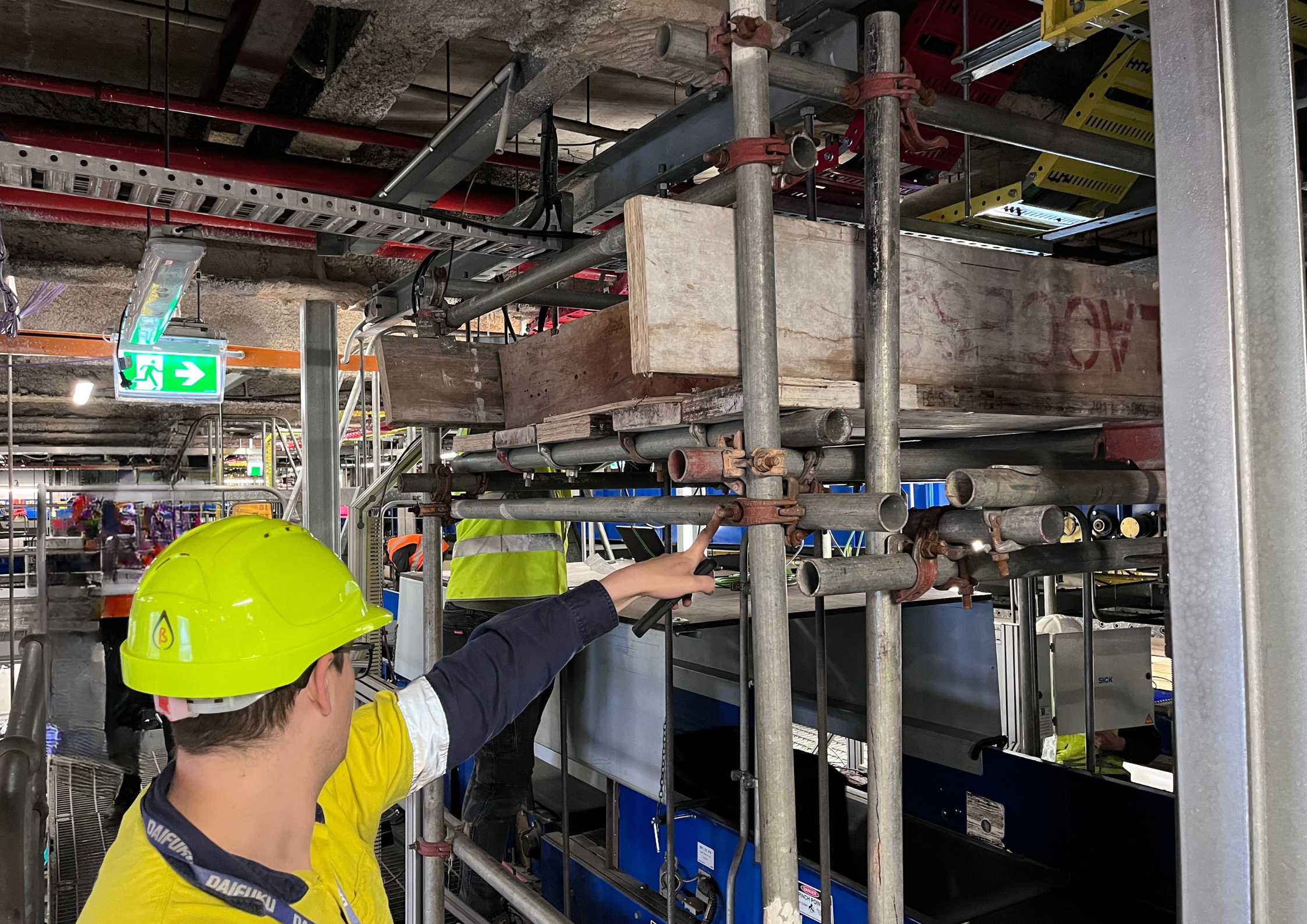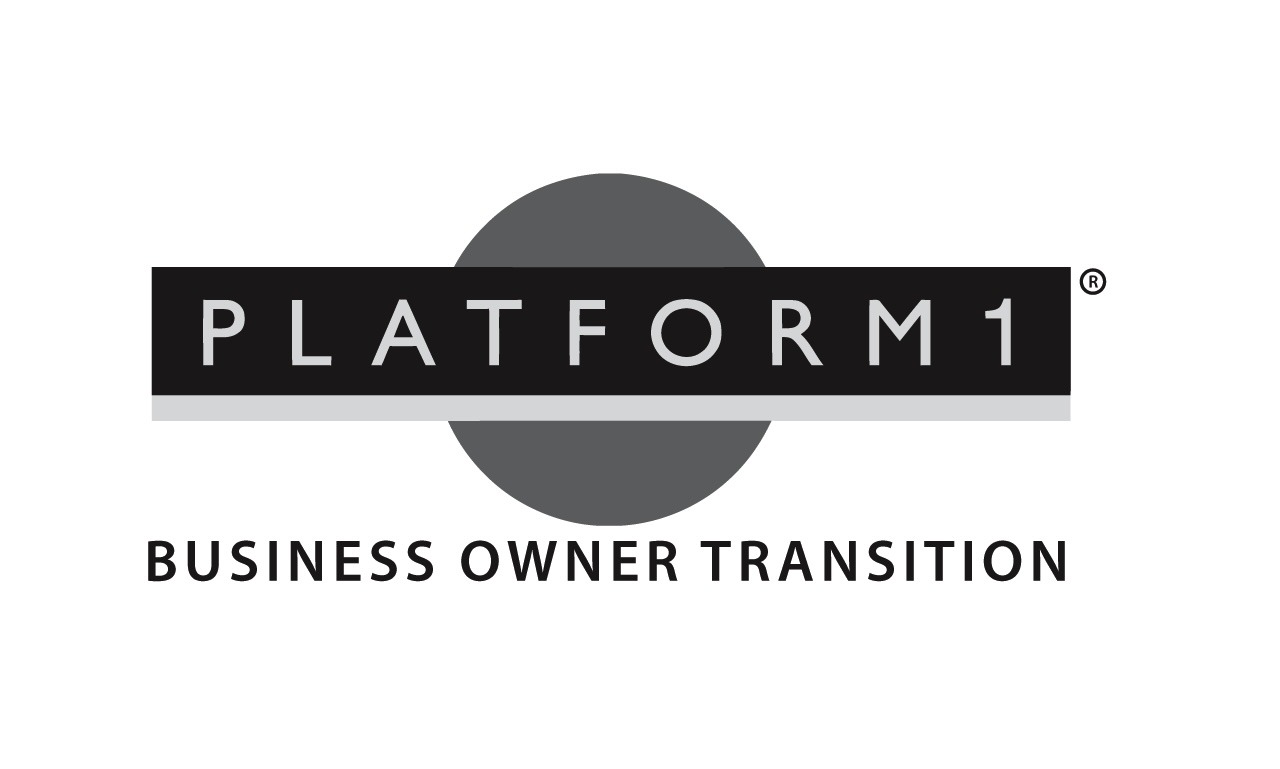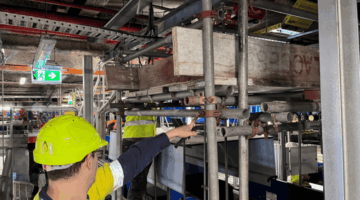
Controlling Ignition Sources through ORS
Chris Beh, Think Consulting Oxygen Reduction Systems (ORS) utilise a process to lower the atmospheric oxygen levels of 21% below the ignition threshold for the items stored in an area (e.g. below 14%) – a proactive, preventative fire protection system unlike fire suppression, such as sprinklers, which are reactive (i.e. […]

Higher speeds lower productivity: what the data shows crash delays really cost Auckland
Timothy Welch, Senior Lecturer in Urban Planning, University of Auckland, Waipapa Taumata Rau Another morning, another crash on one of Auckland’s major roads. Traffic isn’t moving. Drivers sit in their cars rehearsing reasons for being late again. Radio hosts offer the usual advice: leave earlier and find an alternative route. […]

2026: It’s Now or Never
From December issue, NZ Manufacturer – The Year in Review Ian Walsh, Partner, Argon & Co NZ We have finally seen the “green shoots” and those businesses still going can finally tick the survive (till) 2025 box. Confidence is on the up and activity is starting to move, what a […]

Through the mill: Tokoroa’s tough year was about much more than job losses
Fionna Hurd, Associate Professor, Marketing & International Business, Auckland University of Technology. Suzette Dyer, Senior Lecturer in Human Resource Management, University of Waikato For Kinleith Mill, cycles of new owners, restructuring and retrenchment have been a fact of life since the 1980s. Each ownership change and downsizing has affected the mill’s workforce […]

NZ needs more entrepreneurs. Will its new tertiary strategy reward real risk takers?
Rod McNaughton, Professor of Entrepreneurship, University of Auckland, Waipapa Taumata Rau The government’s recently released Tertiary Education Strategy 2025–2030 signals a shift towards harnessing the sector to address New Zealand’s long-standing productivity issues. But the strategy and its goals aren’t necessarily aligned. Universities and polytechnics are now expected to promote innovation, […]

Material passports for construction: Why I see them less as banks… and more as donor registries
From December NZ Manufacturer -Troy Coyle,CEO,HERA Across the infrastructure and construction sectors, material passports are emerging as a promising tool for enabling circularity. They’re often described as a “bank of materials,” and I understand why (in fact HERA even describes them this way). After all, they catalogue the materials embedded […]

Building psychologically safe, high-performance cultures: Why ISO 45003 matters for NZ manufacturing
From December issue, NZ Manufacturer www.nzmanufacturer.co.nz Theresa Grainger, General Manager, The Lean Hub Every manufacturing site I visit, whether it is a busy factory floor or a small specialised workshop, I believe has one universal truth and that is that people want to feel valued, supported, and safe to share […]

The tough year that was 2025
From December issue of NZ Manufacturer www.nzmanufacturer.co.nz The Year That Was -Sean Doherty 2025 was a brutal year for most New Zealand manufacturers, with many focused on staying afloat rather than growing. Rising costs for electricity, gas, labour, and raw materials squeezed margins across almost every subsector. Official data shows […]

Lifting Productivity from the Ground Up
How project engineering keeps NZ manufacturing efficient, safe, and moving Caliber Design, Christchurch Productivity is one of the most talked-about issues in New Zealand manufacturing. We all want to do more with less: more output with fewer delays, more progress with leaner teams, and more innovation with limited budgets. Yet […]

Wired for success: Re-engineering apprenticeships to power New Zealand’s workforce
Toni Christie, Competenz General Manager, Employer and Learner Experience. A strengthened apprenticeship support system is driving higher completion rates across engineering and manufacturing — helping New Zealand build the skilled workforce it needs. Toni Christie explains how industry training organisation Competenz redesigned their apprentice learning experience to give every one of their […]

Make your emissions data stand up to scrutiny
Starting out with your first carbon footprint, or refining years of data? Either way, the credibility of your greenhouse-gas (GHG) numbers matters. Reliable, verified information builds trust with customers, regulators and supply-chain partners – and helps you make confident decisions. Here’s how to find the right type of independent check […]

Q & A: Paul Durose, Logik Freight & Logistics Head of Operations
How is business? The NZ business environment is currently very challenging with a noticeable downturn in import/export activity, meaning that Logik Freight & Logistics have had to make some difficult decisions in order to navigate through this period. Which systems do your company use for efficiencies of scale? We use […]

Management Buy-In vs Management Buy-Out
Not all exit options are right for your business. A Management By-In or Buy-Out could be an attractive option worth evaluating. -Mike Warmington, Platform 1 Many people know about a Management Buy-Out when a person or team within your business becomes your exit option, generally over time. A Management Buy-In is less understood. This is where an external person comes into your business while you transition out over time. An internal person or team can be a great option, after all they are a known quantity and are loyal trusted employees. However in many cases if your business does not have experienced senior leadership, it may be difficult to do. It’s not enough for you to just like them. Why is This ? We often hear a business owner say that “John” my Operations Manager will be my successor whilst the owner has never had a serious conversation about it with John. If John, while knowing the owner is nearing retirement has never brought it up either, then he may not be entrepreneurial. Not all people are entrepreneurial or leaders or have capital available. Someone taking over from you needs to have : Capability Capital Compatibility This person or team needs to tick all of the 3 C’s. The success of your business and your legacy depends on this. So What is a Management Buy-In and How Can it Work ? There are people actively in the market looking for a way to get into business ownership through working with an existing owner. The fact that they can leverage off the owners experience and knowledge is attractive to them. They won’t cost you any more than a salaried GM but will come with significantly more horsepower to grow your wealth. Because they will gradually buy into your business they won’t […]










